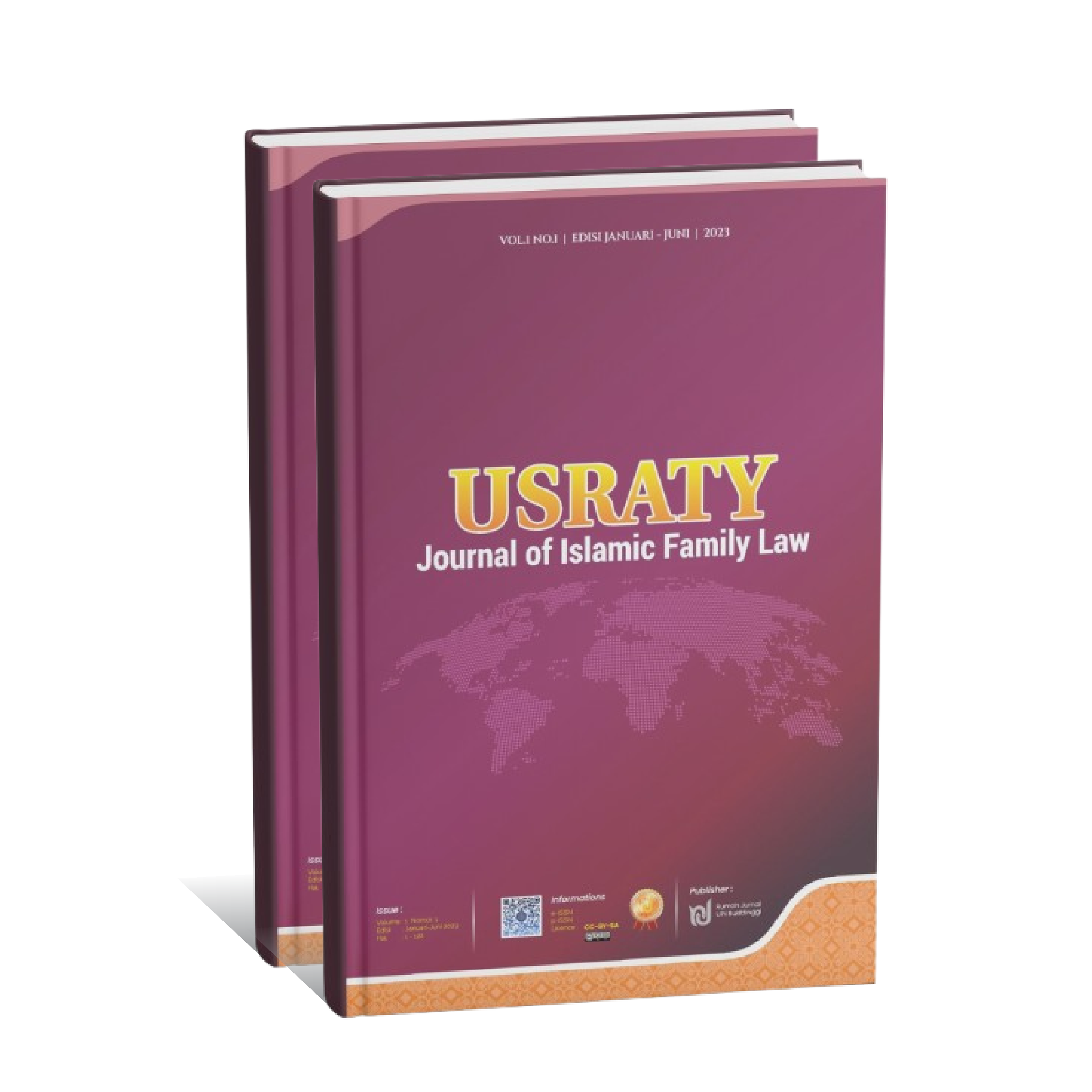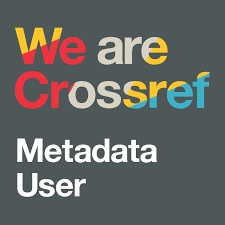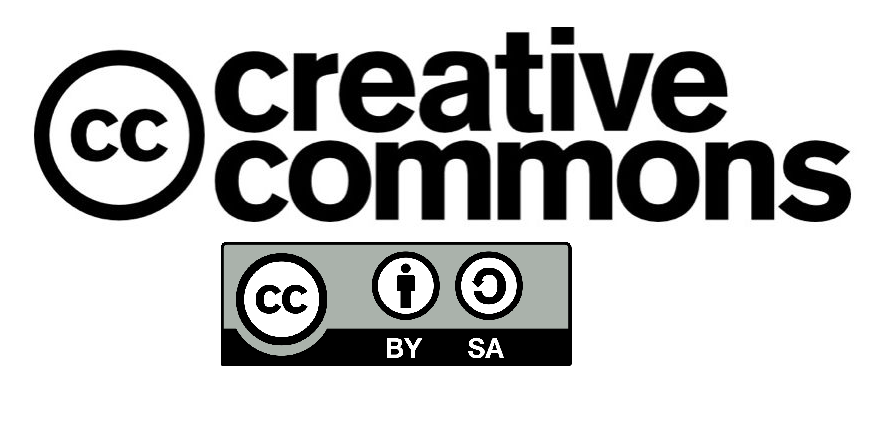Integration of Scientific Literacy and Islamic Law in the Practice of in Vitro Fertilization (IVF)
DOI:
https://doi.org/10.30983/usraty.v3i1.8973Keywords:
Scientific Literacy, Islamic Law, In Vitro FertilizationAbstract
The integration of scientific literacy and Islamic law in the practice of In Vitro Fertilization (IVF) represents a complex convergence between biomedical innovation and religious ethical norms. This study investigates how IVF procedures—widely practiced in modern medicine—can be understood, ethically evaluated, and religiously regulated through the lived experiences of Muslim patients and key stakeholders. The core issue explored is the tension between medical needs for reproductive technologies and Islamic legal concerns over lineage, marital legitimacy, and the prohibition of third-party donors. This research offers a novel approach by combining scientific literacy and Islamic jurisprudence within an empirical context. Adopting a qualitative field research design, the study was conducted in two major Indonesian cities and involved Muslim IVF patients, fertility specialists, and local Islamic scholars as key informants. Data were collected through in-depth interviews, observation, and analysis of relevant documents, including fatwas and clinical guidelines. The findings reveal that scientific understanding plays a vital role in shaping patients’ ethical decisions, while Islamic legal principles remain central in defining moral boundaries. This integrative perspective reframes IVF as a potentially permissible medical practice, provided it adheres to foundational Islamic norms. The study concludes that a field-based integrative approach offers a balanced ethical framework that respects both biomedical responsibility and religious observance.
References
Abdulahanaa, A. (2021). A Review of Islamic Economic Law on Religious Tourism Arrangements in South Sulawesi. Samarah: Jurnal Hukum Keluarga Dan Hukum Islam, 5(1), 450. https://doi.org/10.22373/sjhk.v5i1.9088
Acim, S. A. (2023). Konsep Penciptaan Manusia dalam Perspektif Al-Qur’an Qs. Al-Mu’minun (23): 12-14 dalam Tafsir Al-Azhar. El-Umdah: Jurnal Kajian Ilmu Al-Qur’an Dan Tafsir, 6(1), 46–57. https://doi.org/10.20414/El-Umdah.v5i2
Agarwal, A., Majzoub, A., Esteves, S. C., Ko, E., Ramasamy, R., & Zini, A. (2016). Clinical utility of sperm DNA fragmentation testing: practice recommendations based on clinical scenarios. Translational Andrology and Urology, 5(6), 935–950. https://doi.org/10.21037/tau.2016.10.03
Azrai Azaimi Ambrose, A. H., Gulam Hassan, M. A., & Hanafi, H. (2018). A proposed model for waqf financing public goods and mixed public goods in Malaysia. International Journal of Islamic and Middle Eastern Finance and Management, 11(3), 395–415. https://doi.org/10.1108/IMEFM-01-2017-0001
Capolupo, M., Sørensen, L., Jayasena, K. D. R., Booth, A. M., & Fabbri, E. (2020). Chemical composition and ecotoxicity of plastic and car tire rubber leachates to aquatic organisms. Water Research, 169, 115270. https://doi.org/10.1016/j.watres.2019.115270
Čipková, E., Karolčík, Š., & Scholzová, L. (2020). Are secondary school graduates prepared for the studies of natural sciences? – evaluation and analysis of the result of scientific literacy levels achieved by secondary school graduates. Research in Science & Technological Education, 38(2), 146–167. https://doi.org/10.1080/02635143.2019.1599846
De Geyter, C., Calhaz-Jorge, C., Kupka, M. S., Wyns, C., Mocanu, E., Motrenko, T., Scaravelli, G., Smeenk, J., Vidakovic, S., Goossens, V., Gliozheni, O., Strohmer, H., Obruca, Kreuz-Kinderwunschzentrum, S. P. G., Petrovskaya, E., Tishkevich, O., Wyns, C., Bogaerts, K., Balic, D., … Baranowski, R. (2018). ART in Europe, 2014: results generated from European registries by ESHRE†. Human Reproduction, 33(9), 1586–1601. https://doi.org/10.1093/humrep/dey242
Fauzan, F. (2022). Alternatives to Criminal Conviction in a Comparative Analysis of Positive Law and Islamic Criminal Law. Al-Istinbath : Jurnal Hukum Islam, 7(1), 185. https://doi.org/10.29240/jhi.v7i1.4308
Gruhn, J. R., Zielinska, A. P., Shukla, V., Blanshard, R., Capalbo, A., Cimadomo, D., Nikiforov, D., Chan, A. C.-H., Newnham, L. J., Vogel, I., Scarica, C., Krapchev, M., Taylor, D., Kristensen, S. G., Cheng, J., Ernst, E., Bjørn, A.-M. B., Colmorn, L. B., Blayney, M., … Hoffmann, E. R. (2019). Chromosome errors in human eggs shape natural fertility over reproductive life span. Science, 365(6460), 1466–1469. https://doi.org/10.1126/science.aav7321
Hadi, A. C. (2016). Corporate Social Responsibility dan Zakat Perusahaan dalam Perspektif Hukum Ekonomi Islam. AHKAM : Jurnal Ilmu Syariah, 16(2), 229–240. https://doi.org/10.15408/ajis.v16i2.4453
Hamour, M., Shakil, M. H., Akinlaso, I. M., & Tasnia, M. (2019). Contemporary issues of form and substance: an Islamic law perspective. ISRA International Journal of Islamic Finance, 11(1), 124–136. https://doi.org/10.1108/IJIF-01-2018-0006
Hidayah, N. N., Lowe, A., & Woods, M. (2019). Accounting and pseudo spirituality in Islamic financial institutions. Critical Perspectives on Accounting, 61, 22–37. https://doi.org/10.1016/j.cpa.2018.09.002
Hisam Ahyani, Memet Slamet, & Tobroni. (2021). Building the Values of Rahmatan Lil ’Alamin for Indonesian Economic Development at 4.0 Era from the Perspective of Philosophy and Islamic Economic Law. AL-IHKAM: Jurnal Hukum & Pranata Sosial, 16(1), 121–151. https://doi.org/10.19105/al-lhkam.v16i1.4550
Huda, M. C., & Ispriyarso, B. (2019). Contribution of Islamic law in the discretionary scheme that has implications for corruption. Ijtihad : Jurnal Wacana Hukum Islam Dan Kemanusiaan, 19(2), 147–167. https://doi.org/10.18326/ijtihad.v19i2.147-167
Idris, A. R., Khusaini, M., & Al-Mansyuri, S. A. (2024). Contemporary Islamic Law in Indonesia: the Fulfillment of Child Custody Rights in Divorce Cases Caused by Early Marriage. MILRev : Metro Islamic Law Review, 3(1), 1. https://doi.org/10.32332/milrev.v3i1.8907
Insani, N., Ibrahim, Z. S., Karimullah, S. S., Gönan, Y., & Sulastri, S. (2024). Empowering Muslim Women: Bridging Islamic Law and Human Rights with Islamic Economics. De Jure: Jurnal Hukum Dan Syar’iah, 16(1), 88–117. https://doi.org/10.18860/j-fsh.v16i1.26159
Jamaa, L. (2018). Fatwas of the Indonesian council of ulama and its contributions to the development of contemporary Islamic law in Indonesia. Indonesian Journal of Islam and Muslim Societies, 8(1), 29. https://doi.org/10.18326/ijims.v8i1.29-56
Kamaruddin, Misbahuddin, Suprijati Sarib, & Syamsul Darlis. (2024). Disorientasi Zakat Cultural-Based Deviance on Islamic Law; Zakat Tekke Wale’ Spending in Basala, Konawe, Southeast Sulawesi, Indonesia. AL-IHKAM: Jurnal Hukum & Pranata Sosial, 18(2), 568–590. https://doi.org/10.19105/al-lhkam.v18i2.10150
Khan, S. E. (2017). Bangladesh: The Changing Dynamics of Violent Extremism and the Response of the State. Small Wars & Insurgencies, 28(1), 191–217. https://doi.org/10.1080/09592318.2016.1266127
Kitaya, K., Matsubayashi, H., Yamaguchi, K., Nishiyama, R., Takaya, Y., Ishikawa, T., Yasuo, T., & Yamada, H. (2016). Chronic Endometritis: Potential Cause of Infertility and Obstetric and Neonatal Complications. American Journal of Reproductive Immunology, 75(1), 13–22. https://doi.org/10.1111/aji.12438
Liu, J., Wang, Y., Shi, X.-Y., Liu, X.-Y., Cui, C.-H., Qin, L., Wei, Q.-X., & Niu, Z.-B. (2022). Analysis of Current Situation Regarding Scientific Fitness Literacy of Nurses in Sports Medicine Integration. Risk Management and Healthcare Policy, Volume 15, 1831–1841. https://doi.org/10.2147/RMHP.S378969
Makhlouf, A. G. (2020). Evolution of Islamic Law in the 20th Century: The Conception of Collective Ijtihād in the Debate Between Muslim Scholars. Oxford Journal of Law and Religion, 9(1), 157–178. https://doi.org/10.1093/ojlr/rwaa019
Moore, S. G., & Hasler, J. F. (2017). A 100-Year Review: Reproductive technologies in dairy science. Journal of Dairy Science, 100(12), 10314–10331. https://doi.org/10.3168/jds.2017-13138
Muhajir, M., Nisa’, I. S., Munawar, A., & Karimullah, S. S. (2023). Agus Moh Najib’s Thoughts on the Interconnection of Islamic Law and National Law. Jurnal Ilmiah Al-Syir’ah, 21(1), 86. https://doi.org/10.30984/jis.v21i1.2321
Noor Athief, F. H., & Juwanti, R. H. (2020). Court decisions on post-divorce children’s livelihood: Islamic law analysis on their practices in Indonesia and Malaysia. Ijtihad : Jurnal Wacana Hukum Islam Dan Kemanusiaan, 20(2), 151–173. https://doi.org/10.18326/ijtihad.v20i2.151-173
Nurjanah, S. (2022). Divorce and Its Impact on Custody of Minors Using Islamic Law Perspectives. Al-Istinbath : Jurnal Hukum Islam, 7(1), 119. https://doi.org/10.29240/jhi.v7i1.4156
Parno, P., Yuliati, L., Hermanto, F. M., & Ali, M. (2020). A Case Study on Comparison of High School Students’ Scientific Literacy Competencies Domain in Physics with Different Methods: Pbl-Stem Education, Pbl, and Conventional Learning. Jurnal Pendidikan IPA Indonesia, 9(2), 159–168. https://doi.org/10.15294/jpii.v9i2.23894
Pérouse de Montclos, M.-A. (2016). A Sectarian Jihad in Nigeria: The Case of Boko Haram. Small Wars & Insurgencies, 27(5), 878–895. https://doi.org/10.1080/09592318.2016.1208286
Rasa, T., Lavonen, J., & Laherto, A. (2024). Agency and Transformative Potential of Technology in Students’ Images of the Future. Science & Education, 33(5), 1145–1169. https://doi.org/10.1007/s11191-023-00432-9
Rejeb, A., Rejeb, K., & Zailani, S. (2021). Are Halal Food Supply Chains Sustainable: A Review And Bibliometric Analysis. Journal of Foodservice Business Research, 24(5), 554–595. https://doi.org/10.1080/15378020.2021.1883214
Wu, S., Zhang, Y., & Zhuang, Z.-Y. (2018). A Systematic Initial Study of Civic Scientific Literacy in China: Cross-National Comparable Results from Scientific Cognition to Sustainable Literacy. Sustainability, 10(9), 3129. https://doi.org/10.3390/su10093129
Yeh, F.-Y., Tran, N.-H., Hung, S. H., & Huang, C.-F. (2022). A Study of Environmental Literacy, Scientific Performance, and Environmental Problem-Solving. International Journal of Science and Mathematics Education, 20(8), 1883–1905. https://doi.org/10.1007/s10763-021-10223-9
You, H. S., Park, S., & Delgado, C. (2021). A closer look at US schools: What characteristics are associated with scientific literacy? A multivariate multilevel analysis using PISA 2015. Science Education, 105(2), 406–437. https://doi.org/10.1002/sce.21609
Downloads
Published
How to Cite
Issue
Section
Citation Check
License
Copyright (c) 2025 Ajrun ‘Azhim Al As’hal, Ahmad Fauzi

This work is licensed under a Creative Commons Attribution-ShareAlike 4.0 International License.









